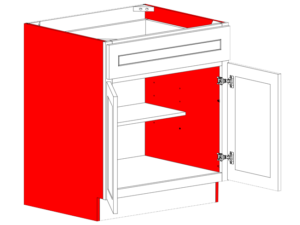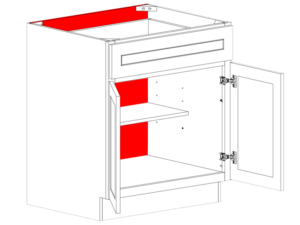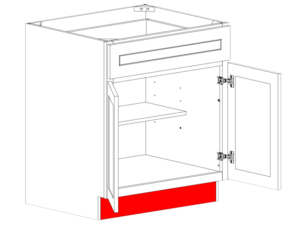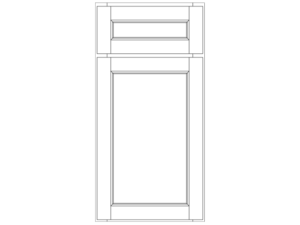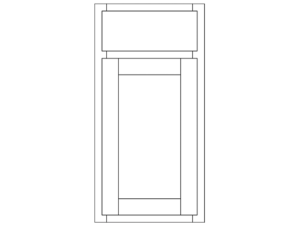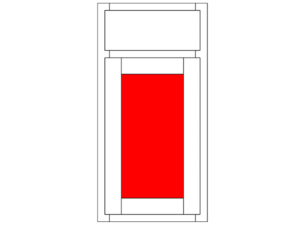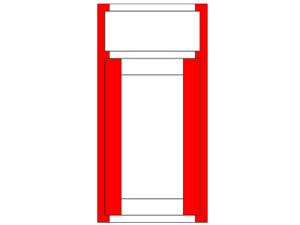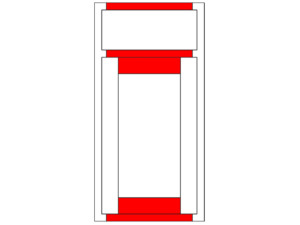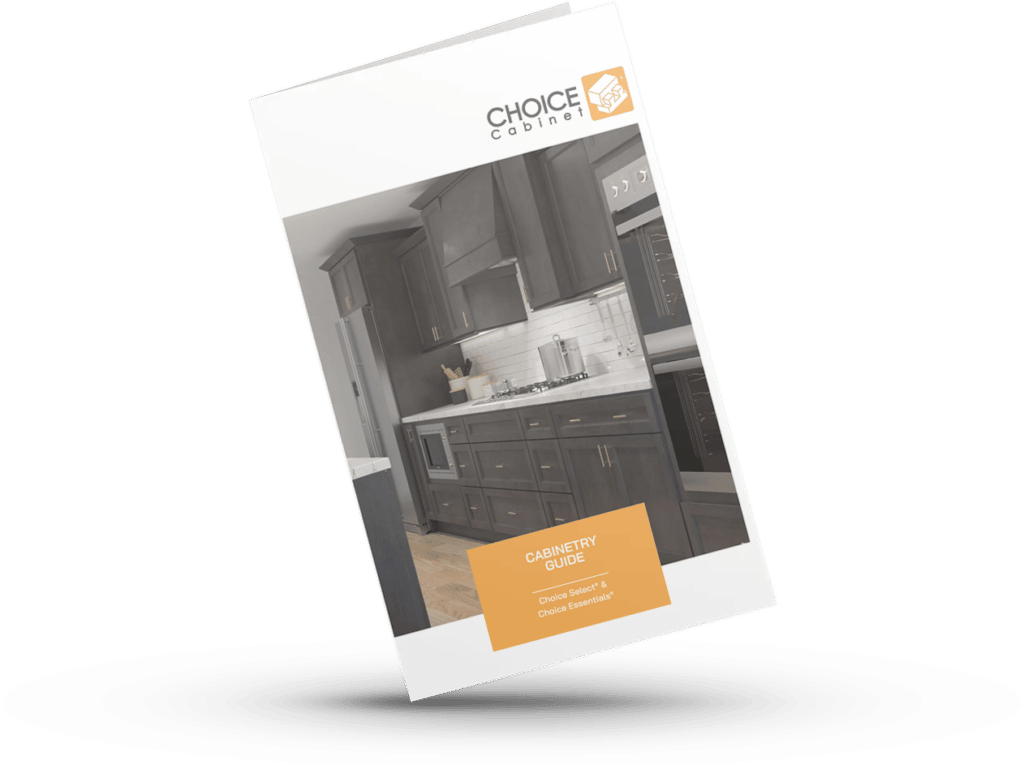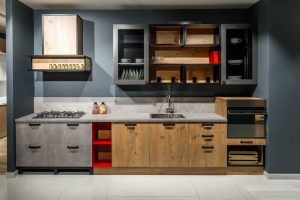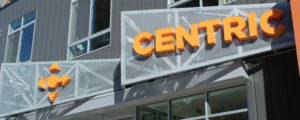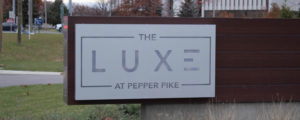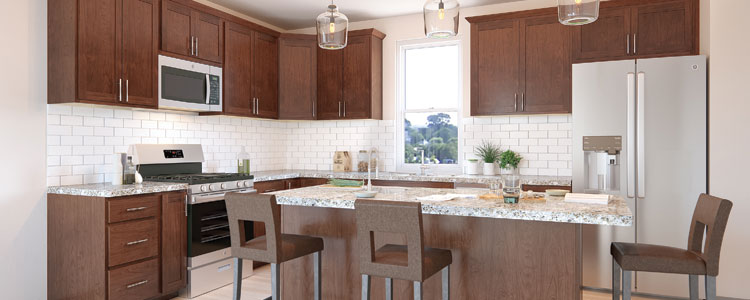Cabinet Vocabulary You Should Know When Choosing Your Cabinets
By Ryan Horvath
Cabinet vocabulary can be confusing. When I first started at Choice Cabinet, the terminology left me lost. Face frame? Overlay? What does it all mean? Overtime (and many revisions of our spec guides), it’s almost second nature. This week’s blog is looking to take away the cabinet vocabulary confusion. Next time you meet with your designer or contractor, you’ll know what they’re talking about.
Navigate through the Budget Confusion
CABINET BOX CONSTRUCTION
Face Frame
The face frame provides stability and where the doors attach. It’s constructed using stiles and rails (more on those later). The face frame has grooves for the top (wall and tall cabinets only), bottom, and end panels to slide into. Click on the image below to enlarge.
End and Back Panels
The end panels are the sides of the cabinet. They slide into the grooves of the face frame where pocket screw joinery secures them in place. The end panels also have grooves to help secure the top and bottom panels. They’re also notched for the back panel.
The back panel is just that, the back of the cabinet. This piece attaches to the wall. Read about how to block for cabinets by clicking here. The back panel has a groove to help secure the top and bottom panels. Click on the images below to enlarge. The end panels are on the left while the back panel is on the right.
Toe Kick
The toe kick is the recessed space below a base cabinet. Using pocket screw joinery, the end panels help secure the toe kick. At Choice Cabinet, our toe kick is 4 ½” high which is plenty of room for your toes. Click on the image below to enlarge.
CABINET DOORS & DRAWERS
Full and Partial Overlay
Cabinet doors and drawers can either be a full or partial overlay, but what does that mean? A full overlay is where the door and/or drawer has a slight reveal of the face frame. Our Choice Premier®, Choice Select®, and Choice Basics® feature full overlay. The partial overlay has a 1-inch reveal of the face frame. Only our Choice Essentials® is a partial overlay. Click on the images below to enlarge. The full overlay example is on the left while the partial overlay is on the right.
Center Panel
The center panel is the raised or flat panel in the middle of the door or drawer. Examples of the raised center panel style are our Cambridge and Renaissance. The center panel is held in place using stiles and rails. Click on the image below to enlarge.
Edge and Panel Profile
The edge and panel profile is your cabinet’s decorative element. The edge profile is the decorative outer edge of a door or drawer. Our Choice Premier® Hampton door style is an example of an edge profile style. The panel profile is the decorative edge of your panel. They can give your door and drawer a traditional or transitional style. Our Choice Select® Fremont and Graphite are examples of a transitional style.
Stile and Rail
Without the stiles and rails, we wouldn’t have cabinets. They’re the backbone for the face frame, doors, and drawers. Stiles are the vertical pieces while rails run horizontally. Click on the images below to enlarge. The stiles are on the left side while the rails on are the right.
CABINET VOCABULARY: THE WRAP-UP
Congrats! You’ve mastered the cabinet vocabulary. Now time for the test.
Kidding.
After reading this blog you should a better understanding of the cabinet vocabulary. You can talk confidently with your contractor about cabinet box construction. You also know the difference between full and partial overlay. My last piece of advice, before you meet with a professional, educate yourself.
If you would like to subscribe to the weekly Choice Cabinet blog, please click on the button below.




